Satellite sites

GREECE, Trikala
On-demand Automated Mobility as a complement of Public Transport in suburban areas and Delivery services in pedestrian areas
Vision
The overall goal is to provide on-demand automated mobility as a complement to public transport in underserved suburban areas and delivery services within pedestrian zones in Trikala. This approach aims to reduce the reliance on internal combustion engine (ICE) vehicles, promoting a healthier, safer, more affordable, and sustainable multimodal mobility system. The site focuses on integrating CCAM to enhance access to the city centre and minimize ICE vehicle usage. It includes demonstrating the integration of autonomous vehicles (AVs) into public transportation and connecting them to key locations like the railway station and university. Additionally, a fleet of delivery robots address local delivery needs in pedestrian areas.
The Service
The Passenger Service (2 mini vans/1 robotaxi/1 BMW):
- On demand passenger transportation in mixed traffic without dedicated lanes in 9.6km route. Demand from different groups, needs and hours of operation to be served from the different fleet complementing each other
- Remote supervision, monitoring and immobilization via remote control center
- Safety driver on board and emergency immobilisation
- Request for a ride and passengers notification via booking application.
- Free of charge service
- Smart traffic lights integration for green wave implementation
- C-ITS via CERTH TMC is used to optimize the trips
- Real time alerting and cabin surveillance system
- Major POIs defined as bus stops (train station, thematic park, University)
- Secure depot and terminal with charging facilities
The Logistics Service:
- Operation in the pedestrian area of the city center, free of charge
- Remote supervision, monitoring and immobilization via remote control center and fleet/deliveries management
- Delivery of small parcels and goods to local stakeholders via customer application
Fleet
- 5 delivery robots (droids) for small freight distribution, L4, electric
- 2 automated 6-7 seats mini vans for passenger transportation, L4
- Robo-taxi passenger vehicle, retrofitted by VIF & CERTH, L4, electric
- Second vehicle leading the retrofitted vehicle and (belongs to CERTH existing fleet)
Target Passengers
- Employees of the Municipality and e-Trikala,
- Students of the University and Military school,
- People living in the villages Flamouli and Karyes
- Women and Families
The Route
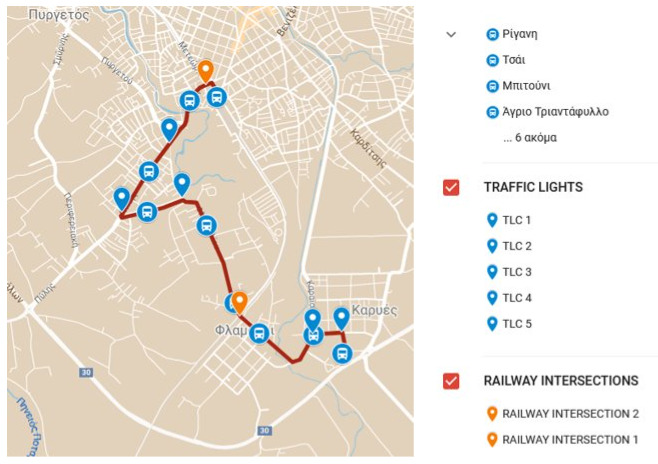
The 9.6 km van route connects the city centre to Trikala University with on-demand stops and smart traffic lights. The pilot also includes autonomous delivery robots in the pedestrian centre, offering free parcel delivery with remote monitoring.

Delivery of Letters in the Christmas Park
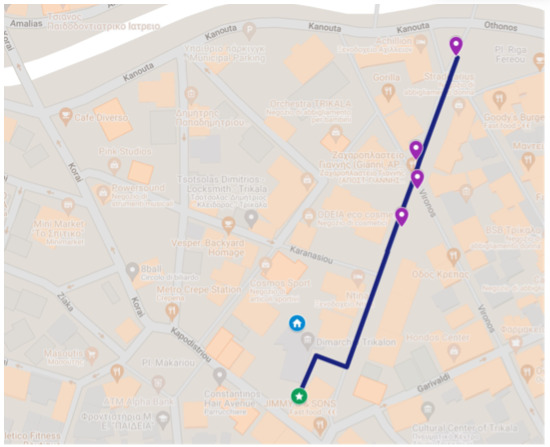
Delivery of items from the Town Hall to the local retailers for daily refilling and vice versa
Key Feedback
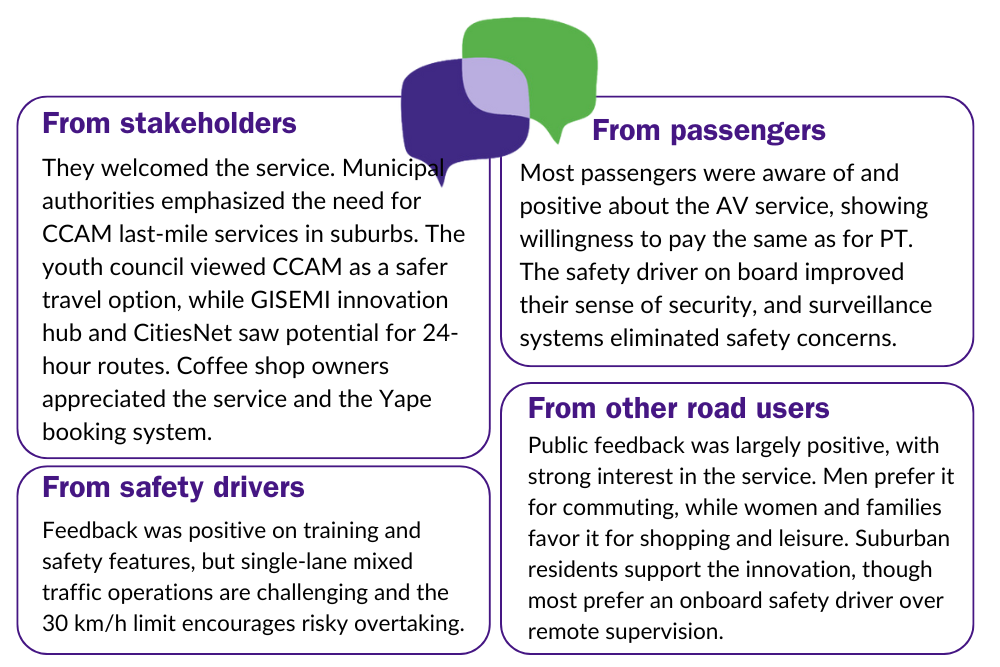
Challenges & Recommendation
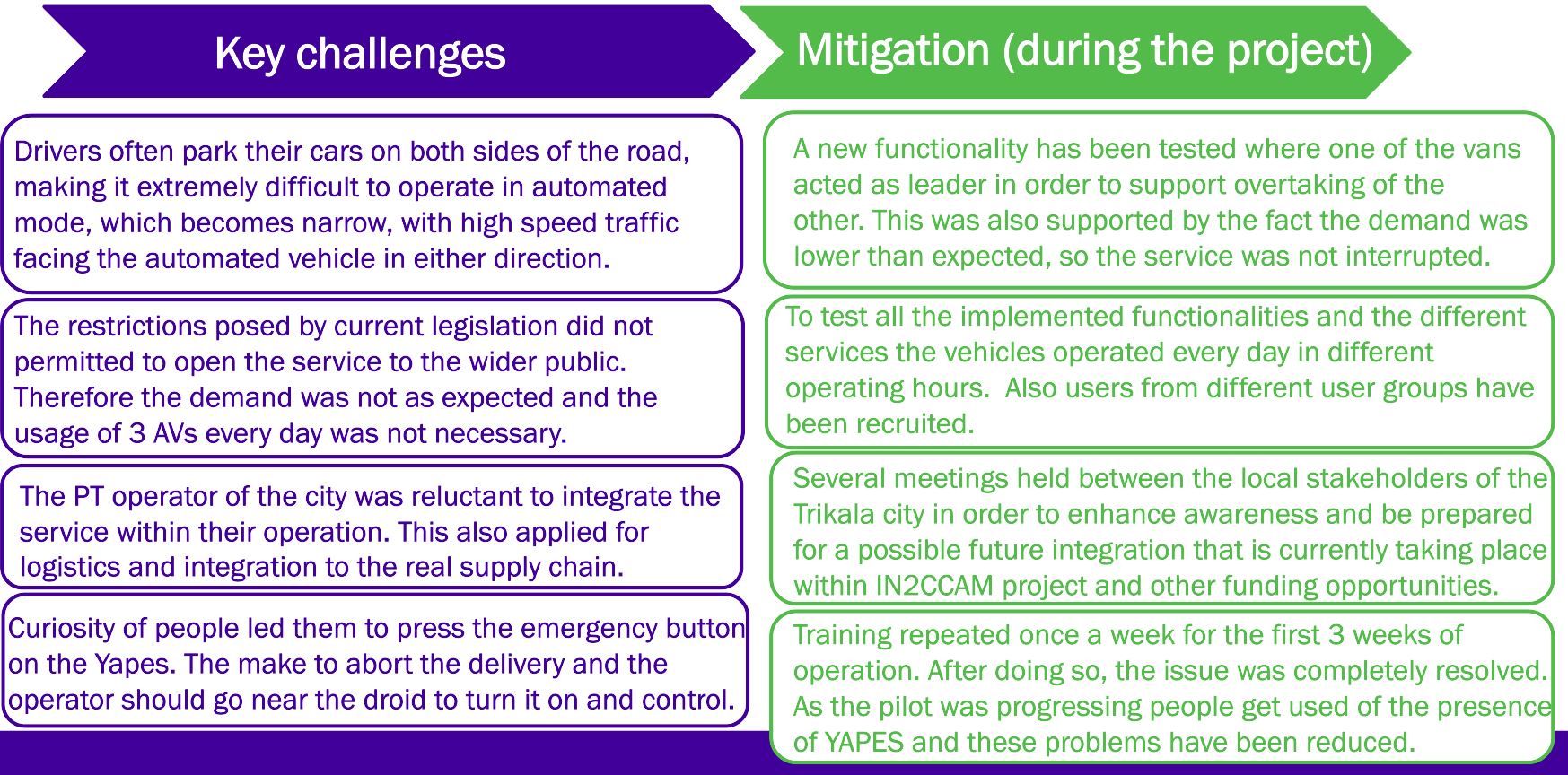
Use Cases
UC 1.1; 1.2; 1.3; 1.5; 1.6; 1.7; 1.8; 1.10 – 1.1 & 1.2 for cargo already in operation
Local Ecosystem
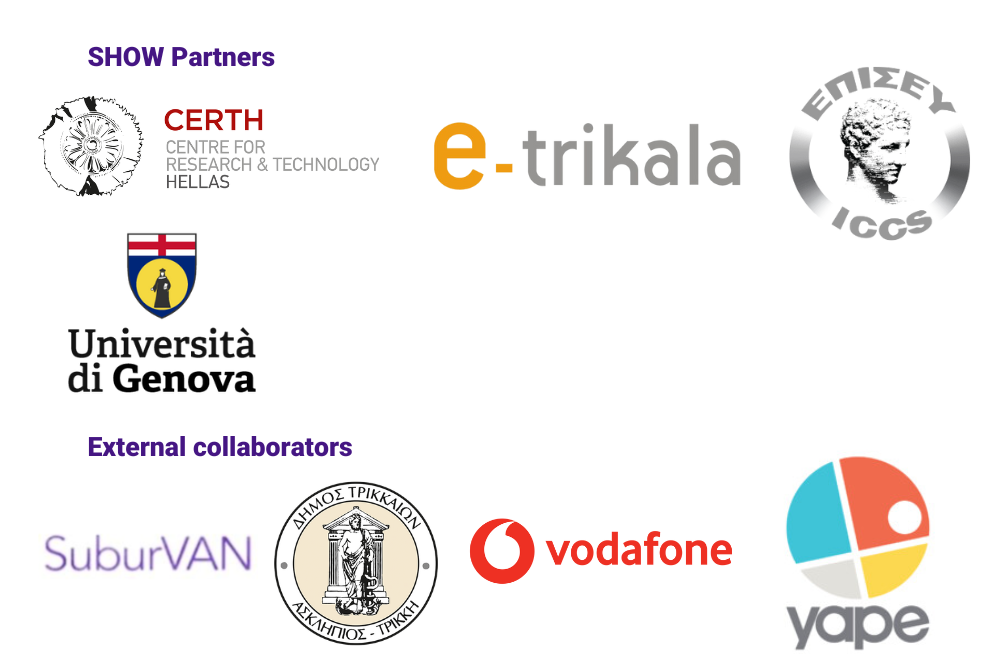
Legacy
The Trikala pilot has demonstrated the transformative potential of AVs for urban transport and logistics, integrating them into on-demand services that complement public transport in suburban and pedestrian areas. Key achievements include testing AV applications, advancing V2X integration, securing research funding, and developing a novel noise pollution monitoring system. Findings from Trikala can inform similar projects in other cities, supporting the deployment of larger AV fleets and exploring higher-speed AV applications without disrupting the road network.